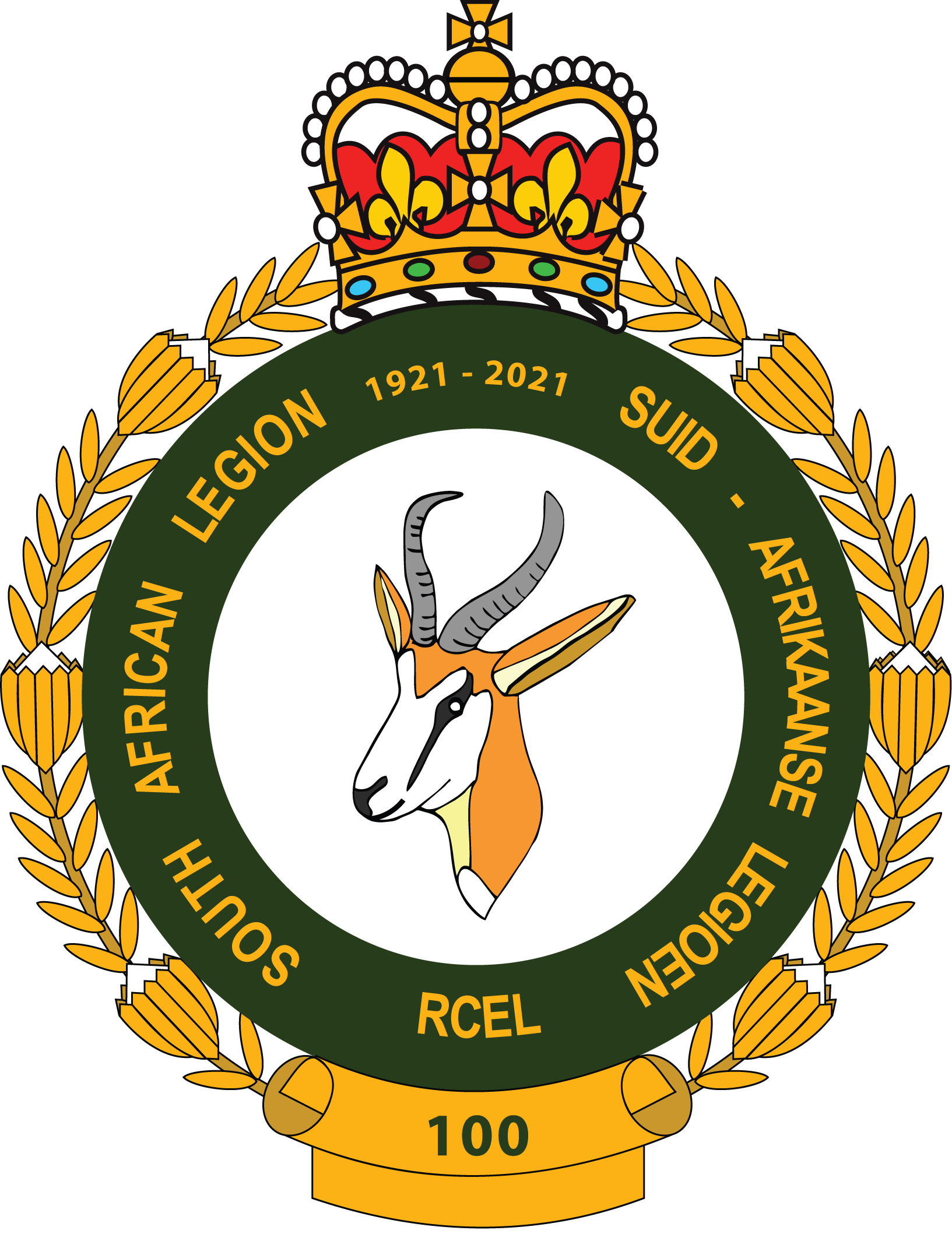
Founders Day – The Royal Hospital Chelsea

After his defeat at the Battle of Worcester in 1651 which ended his attempt to regain the English Crown following the execution of his father, Charles II was hidden from the searching Roundheads of Oliver Cromwell in an oak tree in the grounds of Boscobel House by Colonel William Careless. This day is remembered in English Tradition as Oak Apple Day and the Royal Oak is a popular pub name to this day. After the Restoration in 1660, Charles II made Colonel Careless a Gentleman of the Privy Council and granted him the new name of Carlos which is Spanish for Charles. A gilded statue of Charles II, by Grinling Gibbons in 1676, stands in the centre of Figure Court at the Royal Hospital. It is engraved in honour of Colonel William Carlos with the words, ‘Soldier in the Civil War, protector of King Charles II at Boscobel after the Battle of Worcester in 1651. God, by the overshadowing of an oak, did preserve our Royal founder from the hands of his enemies’.
In 1681, Charles II issued a Royal Warrant authorising the building of the Royal Hospital Chelsea to ‘care for those broken by age or war’. This was modelled on the ‘Hotel des Invalids’ in Paris and was finished and opened after his death in 1692 with 476 inmates. Today with modernised accommodation it is able to house 327 Chelsea In-Pensioners and is currently home to just under 300 of these Military Veterans, the oldest being 102 and the youngest 67. To be admitted, the requirements are to be a former NCO or soldier in the British Army with either an Army Service or War Disability Pension which must be surrendered to the hospital, or to be the recipient of the Victoria Cross or George Cross. Applicants must have no dependents and be able to self-care and live in one of the Long wards. Officers are eligible provided they have served at least 12 years in the ranks before being commissioned. There is an Infirmary for In-Pensioners who become unable to look after themselves. The value of surrendered pensions is insufficient to cover the cost per pensioner so the hospital is supported by ‘Grant-in-Aid’ from the Ministry of Defence. The In-Pensioners’ familiar and iconic red tunics are worn inside the hospital and on ceremonial occasions, while a blue tunic is worn when the pensioners are outside the hospital precincts. They also now admit female soldiers as In-Pensioners.

Every year, Founders Day at the Royal Hospital is celebrated with all Chelsea Pensioners who are able to do so, on parade. The day gives them the opportunity to invite family and friends to an open day. Through the good offices of John Rochester, Heritage Manager at the Royal Hospital, SA Legion were offered tickets and Legionnaires Claudio Chistè and Tony Povey joined the 3500 invited guests at the parade and review by the His Royal Highness The Earl of Wessex.

The day started with the band of the Irish Guards playing in Figure Court at the heart of the Royal Hospital followed by the parade of the In-Pensioners. The Parade Sergeant Major handed over the Parade to the Parade Commander and the Sovereign’s Mace was marched onto Parade. The Mace was presented to the Hospital in 2002 as, prior to this, it had no colours. The bowl of the Mace is decorated with acorns to reflect the events of Oak Apple Day.

The Pensioners were formed up into four Guards with those less mobile seated behind them. They were then inspected by His Royal Highness the Duke of Wessex, Honorary Colonel in ‘A’ (London Scottish) Company of the London Regiment, who took the time to address many of the Veterans on Parade. After this the In-Pensioners marched past by Guards and reformed opposite the Saluting Point.

His Royal Highness addressed the Parade with a response by the Governor, General Sir Redmond Watt, who then called for three cheers for ‘Our pious Founder’, three cheers for Her Majesty the Queen and finally three cheers for His Royal Highness The Earl of Wessex. A Fanfare was sounded by the members of the Band of the Irish Guards who were positioned along the roof of the colonnade and following the National Anthem, the Saluting Party departed and the Pensioners were dismissed.

We managed to arrange a photo op with a Lance Bombardier and a Trooper of Kings Troop, Royal Horse Artillery, who are the Queen’s ceremonial Saluting Battery before retiring to the marquee for some well-earned refreshment and a chance to buy Quartermaster Sergeant John Rochester a welcome beer.
A perfect example of pomp and circumstance as only the British can do it and a privilege to attend.
Lgr Tony Povey
